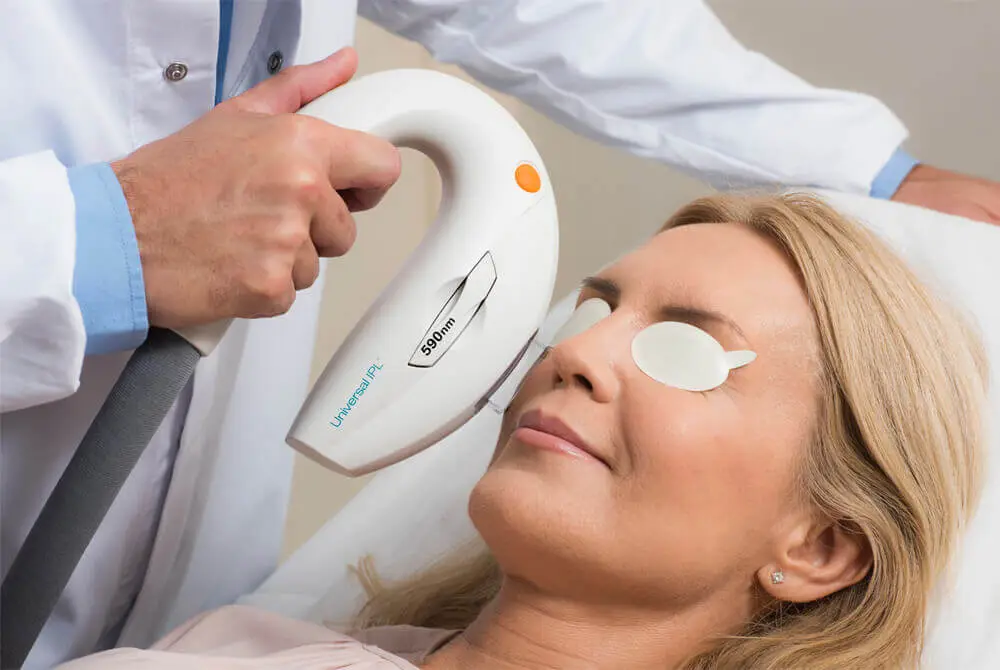Dry eye disease is an uncomfortable condition that can affect your eyesight and overall quality of life. If you are experiencing dry eye symptoms such as burning or stinging, it’s important to talk to your doctor about possible treatment options. One option is OptiLight IPL Therapy, a safe and effective way to reduce dry eye symptoms. Let’s take a look at what dry eye is, the risk factors associated with the condition, and how OptiLight IPL treatment can help relieve discomfort.
What is dry eye disease?
Dry eye disease is a common condition caused by a lack of adequate tears or lubrication in the eyes. Tears are necessary for keeping your eyes healthy. They protect the eyes from bacteria and other debris, help keep them hydrated, and promote healing. When there are not enough tears or when the tears evaporate too quickly, dry eye syndrome can occur.
Common symptoms of dry eye syndrome include:
- Redness in the eyes
- Itching or burning sensation
- Light sensitivity
- Blurred vision
- Watery eyes (as your body tries to produce more tears)
- Difficulty wearing contact lenses
- Pain while blinking
- A feeling of having something in your eye
Risk factors for dry eye disease
There are many risk factors associated with dry eye disease, including age (older adults are more likely to suffer from dry eye), certain medications such as antihistamines and antidepressants, medical conditions like diabetes, prolonged screen time, and smoking. Exposure to environmental factors such as windy weather or air conditioning can also contribute to dry eye.
Meibomian gland dysfunction (MGD) is the most common cause of dry eye disease, accounting for about 86% of cases. The meibomian glands are tiny oil glands that line the margins of the eyelids. These glands secrete oil that prevents the water layer on the eye surface from drying out or evaporating too quickly. When these glands get blocked or clogged, not enough oil reaches the eye surface, causing the tears to dry up too quickly.
Treatment for dry eye disease due to MGD
At Lighthouse Vision in Milford, we offer OptiLight by Lumenis, a targeted treatment for dry eye disease caused by meibomian gland dysfunction. It is the first and only FDA-approved IPL (intense pulse light) treatment for treating dry eye due to MGD. The procedure uses intense pulses of light to warm the eyelids, increasing circulation around the tear glands to stimulate tear production. This gentle, safe, and non-invasive procedure has been proven to be extremely effective at reducing dry eye symptoms without any major side effects.
Typically, four sessions are scheduled at intervals of two to four weeks:
- During treatment, your doctor will apply a thin layer of coupling gel to the treatment area after covering your eyes with shields.
- They will then apply pulses of light to the skin below your eyes. As light is applied to your skin, you may feel a warm sensation. The treatment is gentle and causes only minimal discomfort.
- Treatment is followed by meibomian gland expression.
Each session takes only 10-15 minutes, and you can resume normal activities immediately after treatment.
Schedule an evaluation for dry eye at Lighthouse Vision
Are you looking for dry eye treatment near Orange, West Haven, Stratford, Monroe, or New Haven, Connecticut? If you’re experiencing any symptoms of dry eye disease, schedule an appointment at Lighthouse Vision in Milford, CT. You don’t have to live with dry, uncomfortable eyes! We will thoroughly examine your eyes and develop a customized treatment plan for your dry eye.





